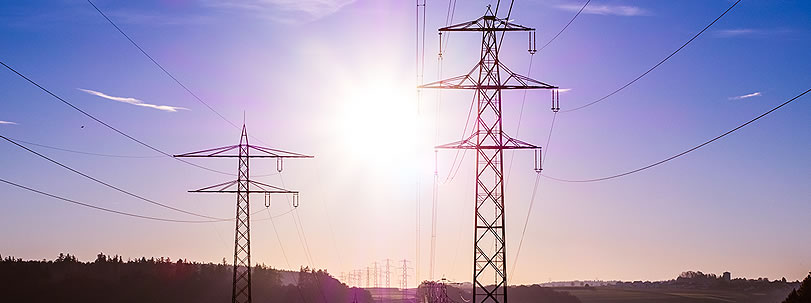How East Africa can deal with excess supply of electricity

In its 2019 ‘Africa Energy Outlook’, the International Energy Agency projects that Africa’s urban population will increase by more than half a billion people by 2040.
Such drastic urban growth will inevitably cause a corresponding demand for industrial production, residential amenities and mobility. In anticipation of these growing needs, state-backed electricity distributors in East Africa have made multi-billion-dollar long-term investments into power generation projects over the past decade. However, 2020 has seen these distributors and electricity retailers forced to delicately manage ongoing and upcoming liabilities in the face of substantial economic uncertainty and unpredictable demand.
Data from Kenya’s Energy and Petroleum Regulatory Authority shows that peak demand surpassed pre-COVID levels in October 2020 at 1,938 megawatts up from the 1,765 megawatts recorded at the onset of the pandemic. This followed months of suppressed demand that strained the off-taker’s cashflow and put to test its commitment to honoring its obligations to power producers. This scenario is not unique to Kenya and can be observed in a number of other East African countries. With this being the case, intervention is required to reduce uncertainty and reliance on difficult-to-enforce contractual relief in the wake of fluctuations in demand.
This imbalance between supply and demand is not a novel issue. The establishment of the East African Power Pool (EAPP) in 2005 was an attempt to re-balance the then vastly disparate power needs of the region – some states in surplus, others in oversupply, but with each nation experiencing inconsistent quality, load shedding and even complete loss of power. The premise was simple – develop inter-state transmission lines to alleviate these issues and increase consistency throughout the region. The objective was (and remains) to create regional cohesion and a platform for interstate electricity sales, with a view to enhancing reliability of supply and reducing the ultimate cost of electricity for consumers. The combined support of more than nine East African nations made investment more attractive, with financial commitments given by organisations like AfDB and the World Bank.
We are now in the year 2020 and the initial EAPP target of linking nine countries by 2018 has well and truly lapsed without the East African nations realising the projected potential of these cross-border transmission initiatives.
These inter-state transmission routes stand to have a substantial impact on energy access inequality within the region. However, more appealing - particularly if we are to take lessons from the pandemic, is that they will also serve as a demand management tool, allowing regional oversupply to be more efficiently handled.
The South African Power Pool (created in 1995) and the Western African Power Pool (founded in 1999) have already set a robust example with their transmission networks or interconnectors linking 12 and 15 separate countries, respectively.
It falls then to our East African regulators and policy makers to prioritise these initiatives and create an enabling environment in which the ambitious projects can be fast tracked into reality. Work has started, case in point being the 500 kV Sodo–Moyale–Suswa transmission line to connect the Kenyan and Ethiopian grids, with potential to supply onwards to Tanzania and Uganda via Kenya. The steps taken by the regulators and policy makers going forward will either set the stage for more transmission projects or jeopardise any real hope of having these projects funded and completed. In fact, Power Africa identifies the ‘regulatory environment’ as a primary hurdle for such infrastructure projects, where an unwelcoming legal or compliance environment can deter private investment even in very initial stages of the project.
Just as independent power producers and investors have been enticed to invest in green power generation in recent years through the introduction of favourable policies, government support and increased certainty, so too could transmission development companies. The Electricity Authority of Uganda has already moved on this, announcing in May 2020 an intention to entice private investment into the transmission sector. Similarly, the introduction of the Kenyan Energy Act of 2019 made it possible for independent parties to apply for transmission and distribution licences. However, almost two years after the introduction of that Act, Kenya is yet to see a private investor prepared to take the plunge.
With electricity generation well in hand, and with multiple projects in the pipeline, investment in transmission and distribution in East Africa should be a focus for regional government and could well be the next sweet spot for investors.
The article was featured on the Business Daily on 17 November 2020 and can be accessed here.


